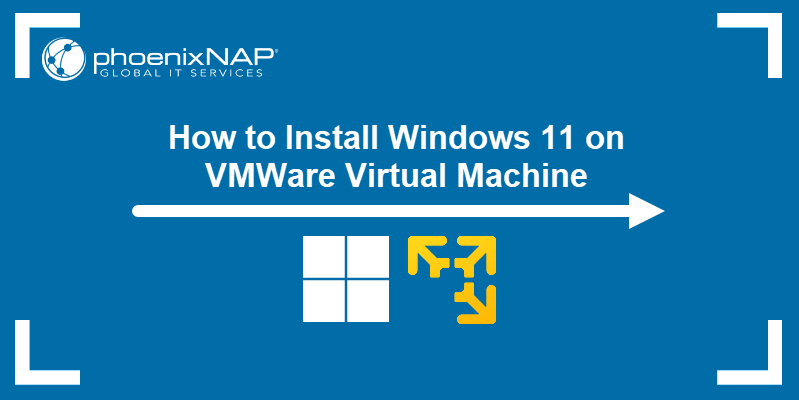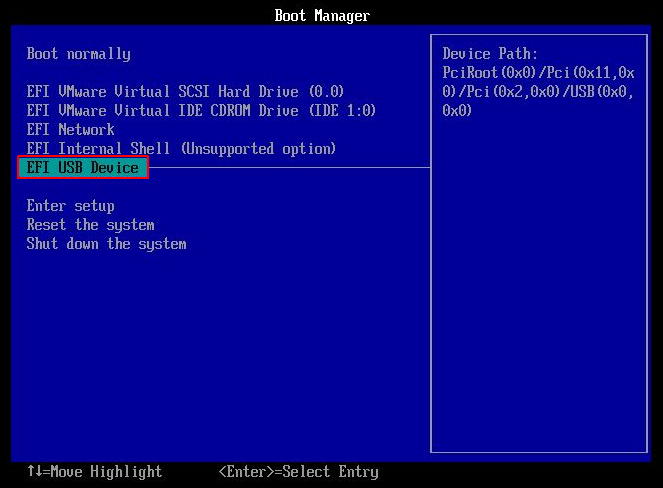
- Vmware workstation player 12 physical disk windows 7#
- Vmware workstation player 12 physical disk windows#
The storage will, over and over again repeatably, stop working in this configuration.Ī SAN does not share storage, it shares the connection. But nothing has to fail before you lose the storage. How soon depends on how you are using it. This is you have two processes attacking each other and they WILL blow the data away. Not like running without RAID and you expect the drive to fail, that's one thing.

Step 3: Click Create button to migrate current.

Step 2: Click Create button to create the virtual disk which is going to hold the server system. Yes, it will run for a minute or even a year, but the setup is unstable by design. Here is a simple guide to migrate a physical server to VMware: Step 1: Launch DiskGenius on the physical server and choose 'Virtualize Current System Into VMware Virtual Machine' under Tools menu. But there is no way that you can do this and expect it to keep working for long - the end result IS failure. This was the confusing part for me.This is like saying "you can't pour gasoline on your computer and set it on fire." Of course you CAN do that, and it will even run for a few minutes. Why you say "I can't connect the LUN to any other machine"? I think I'm doing exactly that using iSCSI Initiator on both SAGER and DELL machine at the same time and I'm not using ESXi. Anytime someone loses all their data on a SAN, and the SAN itself didn't fail, we always just assume that this did this. This is the number one SAN mistake that we see made. So your current state is a fragile one where data loss is the planned state. Yes, a SAN will let multiple machines connect to the same LUN, but the SAN doesn't do anything to enable the filesystem to handle this. The way you are doing this you should be planning to lose all that data because you have multiple things talking to a single filesystem that isn't capable of handling that. I do have "Allow multiple sessions from one or more iSCSI Initiators" set to ENABLE on the NAS.This is why SANs are SO dangerous because you easily CAN do this even though it isn't stable. Why you say that I can't connect the LUN to multiple machines? Currently I have my SAGER and DELL both connected at the same time to this Target/LUN. I guess I didn't understand your sentence. Scott Alan Miller wrote:You can't connect this LUN to any other machine, unlike if you were using VMware ESXi, so that is a caveat.
Vmware workstation player 12 physical disk windows#
Sometimes I'll need to do some local pentest using Kali + W8.1 let's say, so I'll only allocate those two LUNs on my Target and leave the rest behind, and that's when the "Drive 2" will cause trouble, in this case Kali or W8.1 will be set "Drive 2" automatically by Windows but it's already configured for Ubuntu 15.04 on VMware Workstation.

Choosing a "hard" number like Drive2 will cause trouble, I won't be only using LUN-UBUNTU-15.04, I will use more systems like WServer, W7, W8.1, Kali, etc. There I had to choose "PhysicalDrive2", Drive 0 and 1 was from my computer Open VMware Workstation and create new VM using advanced setup

On Windows go to iSCSI Initiator PropertiesĮnable and save as favorite Target-Default I did this procedure:Īllocate LUN-UBUNTU-15.04 in Target-Default Unfortunately, programs that are expecting D:\ will not work with that.So, I need to setup LUN + iSCSI Target ("Running" on my NAS) to work with my VMware Workstation 11. Under the Virtual Machine Settings, Options tab, "Shared Folders" lets me map the D: Drive as a shared folder, but from withing the VM, it appears as a network resource, with a UNC path like "\VMware\long\unc\path". I also tried a different approach using Shared Folders. The wizard steps are "Add Hard Disk", "Use A Physical Disk", select physical drive and individual partition, then check the partition corresponding to the desired D: drive.Īfter making these changes and attempting to start the VM, VMWare player gives an error about not being able to connect, and then hangs. The original system had XP on drive C: and a large data drive on D: (too large to virtualize).įrom within VMware Player (before starting the VM), I go to Virtual Machine Settings, Hardware tab.
Vmware workstation player 12 physical disk windows 7#
I virtualized an existing Windows XP partition using VMWare Converter, and I am running it from within a Windows 7 host.


 0 kommentar(er)
0 kommentar(er)
